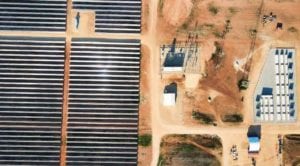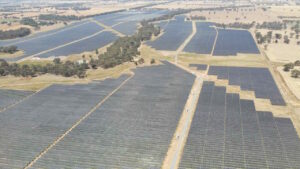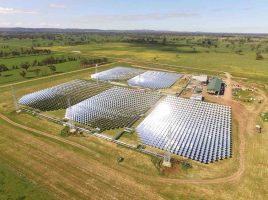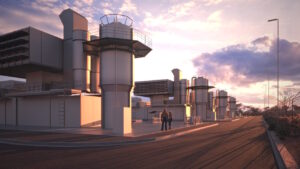Lodestone Energy, New Zealand’s leading solar generation company, has already celebrated the launch of two agrivoltaic solar farms this year, and is nearing completion on a third.
While New Zealand has lagged well behind its larger Trans-Tasman neighbour in the development of solar generating capacity, efforts are nevertheless being made to reverse the trend.
Amongst those looking to expand New Zealand’s solar capacity is Lodestone Energy. Founded in 2020, Lodestone has targeted the initial development of five solar farms which will generate enough electricity to power the equivalent of 50,000 homes.
Two of those five farms are already up and running – including the 33MW Kohirā solar farm in the Far North of the North Island near Kaitaia, and the 32MW Rangitaiki solar farm near Edgecumbe in the Bay of Plenty.
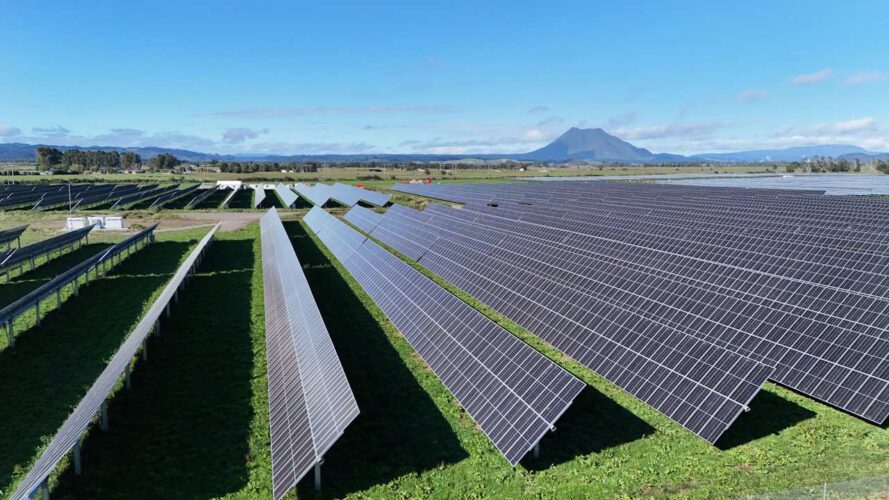
Image Credit: Trina Solar
Lodestone officially opened the Kohirā solar farm in late-February, following it up in May with the start of full operations at the Rangitaiki solar farm. A month later, Lodestone completed installation of the last pile, marking a significant milestone on the way towards full operations later this year.
Two more projects are expected to be built in Whitianga and Dargaville in the north of New Zealand’s North Island.
Each solar farm is what is known as an agrivoltaic solar farm, combining solar panels with productive farming. Both the Kohirā and Rangitaiki projects consist of solar panels installed on taller piles that allow sheep to graze as normal.
Agrivoltaic projects solve a number of potential concerns around renewable energy development. For example, instead of taking up otherwise healthy farmland for solar production, farming is able to continue underneath the solar panels.
This also provides an additional source of revenue for landowners while – in the case of those farms with livestock – also utilising four-legged-lawnmowers to maintain the grass and weeds, eliminating the need for expensive maintenance.

The 32MW Rangitaiki solar farm near Edgecumbe consists of nearly 60,000 bi-facial Trinasolar Vertex modules mounted on TrinaTracker’s Vanguard 2P tracker systems, helping to maximise land use efficiency.
“From a pasture management perspective, the 2P trackers are ideal,” said Edison Zhou, Head of Australia, New Zealand and Pacific Islands at Trinasolar Asia Pacific.
“They allow animals to move freely under the modules without confinement, providing essential shade and promoting continuous grass growth even during dry conditions.”
The Rangitaiki is also acting as a testbed for other agrivoltaic initiatives. Lodestone will use the agrivoltaic project to trial the cultivation of crops such as strawberries between the rows of solar modules.
“Our goal is to support local agriculture and foster collaboration,” said Nick Murray, program delivery manager at Lodestone Energy.
“We’re in early discussions with universities to trial various agrivoltaic techniques. The Rangitaiki Solar Farm will serve as a prototype for these initiatives, allowing us to develop and refine our practices.”


